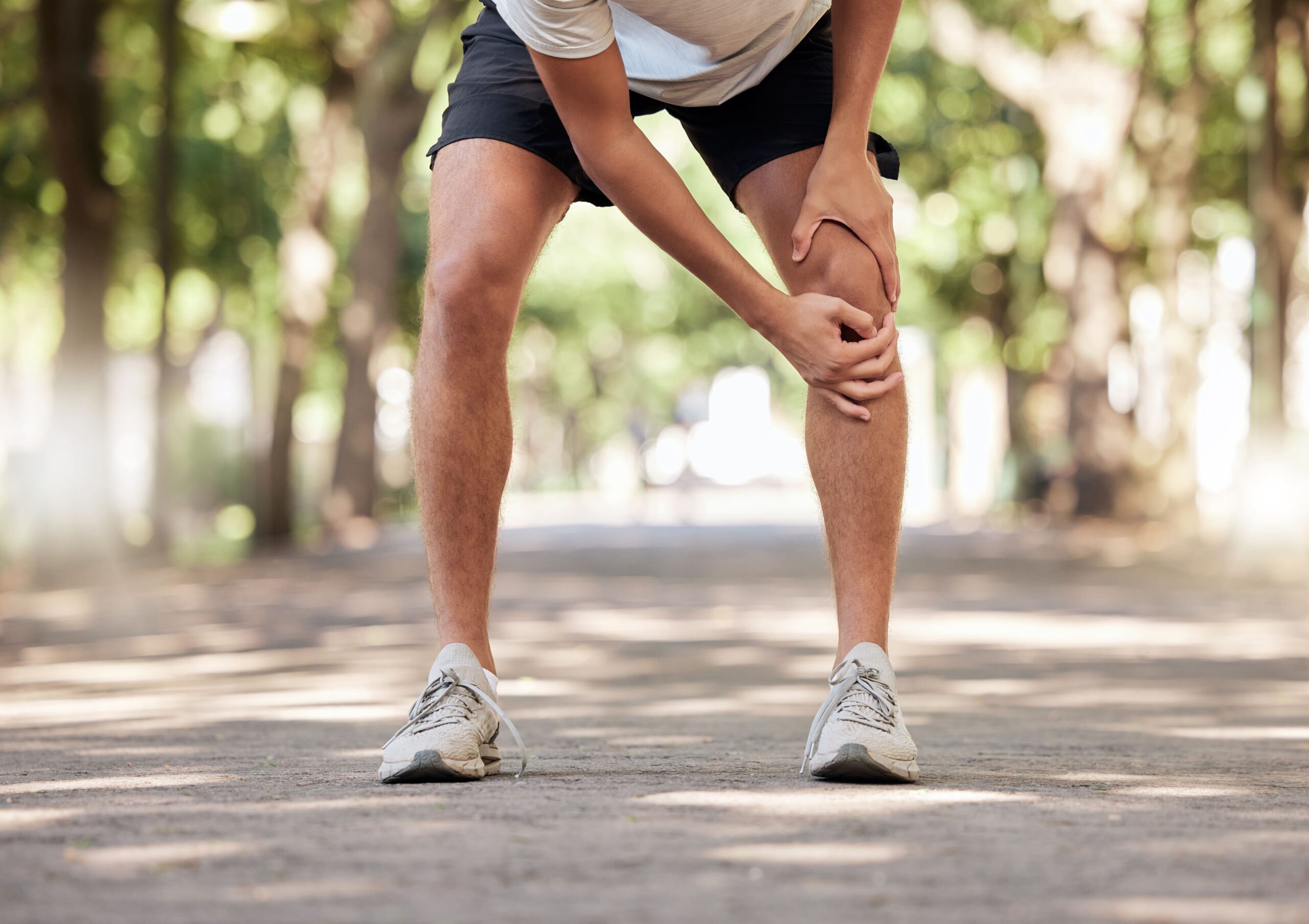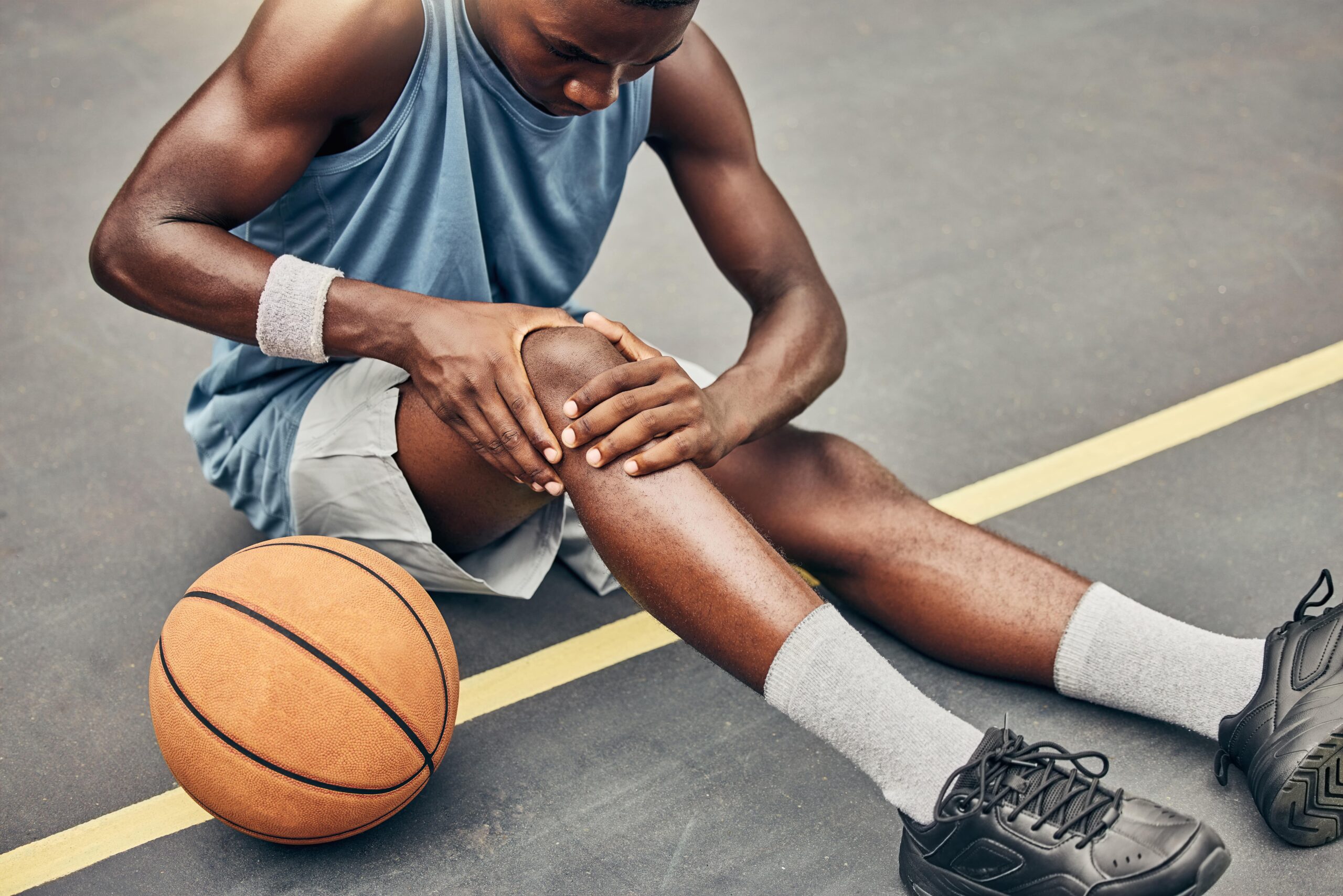Diagnosis and Treatment of Ligament Injuries in Wake County

What are Combined Ligament Injuries?
Your knee contains four ligaments that stabilize the joint as you perform everyday tasks or activities. The ligaments of your knee include the anterior cruciate ligament (ACL), which is in the middle of the knee; the posterior cruciate ligament (PCL), which is also in the middle of the knee and crosses the ACL; the lateral collateral ligament (LCL), which is on the outside of the knee; and the medial collateral ligament (MCL), which is on the inside of your knee. The collateral ligaments are on the sides of your knee, while the cruciate ligaments sit inside your knee. When you sustain damage to two or more of your knee ligaments, it is called a combined ligament injury of the knee. These injuries are often the result of high-impact sports or accidents and require prompt medical attention. Depending on the injury, they may disrupt blood supply, affect the nerves, or even require amputation in extreme cases.

Causes of Combined Ligament Injuries of the Knee
Combined ligament injuries usually happen as a result of high-energy impacts suffered during a car accident, sporting event, or major fall. Usually, injuries to the knee involve just one ligament. Combined ligament injuries are the result of a higher energy impact or trauma and require prompt medical care.
Risk Factors for Combined Ligament Injuries of the Knee
Risk factors for combined ligament injuries of the knee include engaging in any high-risk activities that may subject your knees to a heavy load, impact, or fall. These high-risk activities may include playing high-impact or extreme sports or riding a motorcycle, as combined ligament injuries are often a result of a contact injury.
Symptoms of Combined Ligament Injuries of the Knee
There are several symptoms that indicate a potential combined ligament injury. If you experience any of the following, we encourage you to schedule an appointment with one of our orthopedic specialists or come to see us at one of our urgent care locations.
- Quick onset of swelling
- Severe pain in the joint
- Inability to bend or straighten the knee
- A feeling of instability in the joint
- A snapping/popping sound when the injury occurs
How are Combined Ligament Injuries of the Knee Diagnosed?
Combined ligament injuries of the knee are complex. An experienced orthopedic doctor will be able to perform a physical exam in order to understand the damage suffered. Your doctor can also determine whether or not you are at risk for nerve damage or blood supply issues due to your injury. After the physical examination, imaging including X-rays and an MRI will help determine the extent of injuries, show any associated fractures, and indicate if there is further soft-structure damage to the meniscus and other soft tissues.

Treatment Options for Combined Ligament Injuries of the Knee at Raleigh Orthopaedic
Combined ligament injuries sustained in the knee almost always require surgery. A patient may be treated nonsurgically if they prefer a conservative approach or they lead a very low-impact or sedentary lifestyle that does not require reconstruction. In these nonsurgical cases, the patient may be treated conservatively with a brace for stabilization and some rehabilitation. In most cases, however, stability is vastly improved with surgical intervention.
Surgical intervention for these injuries is usually performed very quickly after the injury is sustained, unlike single ligament tears. Your surgery may require other specialists in addition to an orthopedic surgeon if you have suffered nerve damage or vascular issues. Surgery for single ligament tears is usually delayed until swelling has gone down and the patient has regained full range of motion. Since combined ligament injuries of the knee require quick surgery, these issues cannot be addressed prior to surgery and may lead to arthrofibrosis, or the formation of scar tissue in the joint. The patient may require additional surgery to address potential scar tissue or to reconstruct the knee in phases depending upon the severity of the injury.

Recovery Time for Combined Ligament Injuries of the Knee
Recovery from a combined ligament injury of the knee depends on the treatment approach. If you are treated nonsurgically with a brace, your recovery time will differ from a patient treated surgically. Combined ligament injuries will require you to use crutches for a longer period of time after surgery than single ligament injuries. Since the surgery is more complex, you may experience more complications and setbacks. Since these injuries are more severe, the outcomes are not as consistent as single ligament injuries. In cases of past combined ligament injuries, athletes were often not able to return to sporting activities; however, today it is often possible for the patient to return to sporting activities after surgical intervention, depending on the nature of the injury and whether there is nerve damage.
How Can I Prevent Combined Ligament Injuries of the Knee?
The best way to prevent a combined ligament injury of the knee is to protect your knees from damage. This includes performing proper warmups and cool-downs before and after exercise, wearing supportive footwear, and receiving the appropriate treatment and care for any knee or leg injuries.

Expert Knee Care at Raleigh Orthopaedic
For over 100 years, we have served patients in Wake County and provided the highest level of orthopedic care. We are proud to work with those from Wake County and beyond via the diagnosis and treatment of orthopedic injuries and conditions of all kinds. To schedule an appointment with one of our orthopedic surgeons, please give us a call or book online today.














